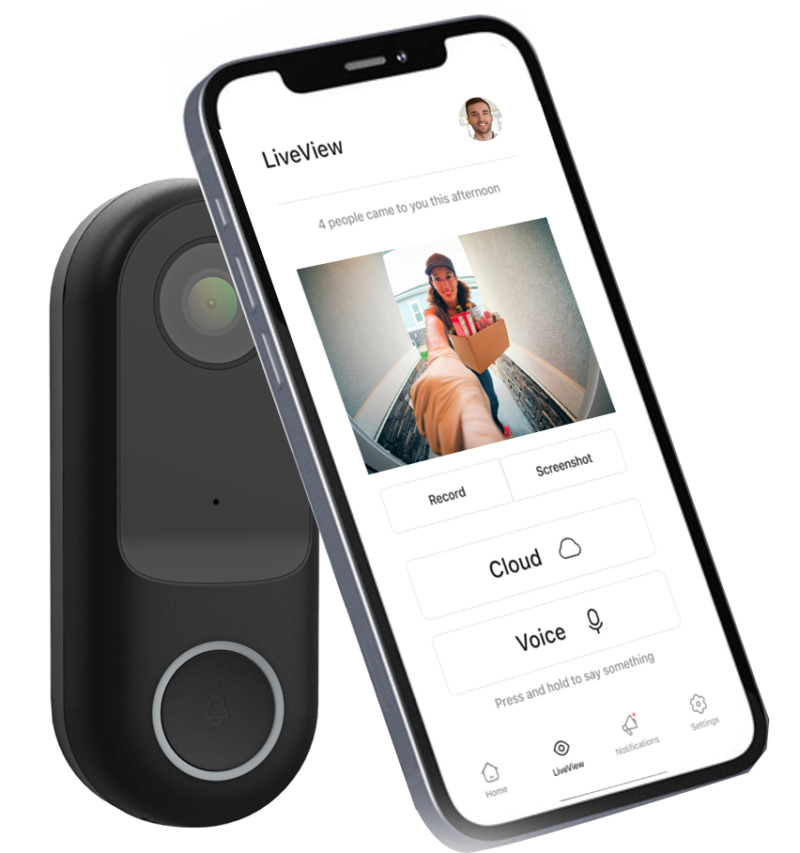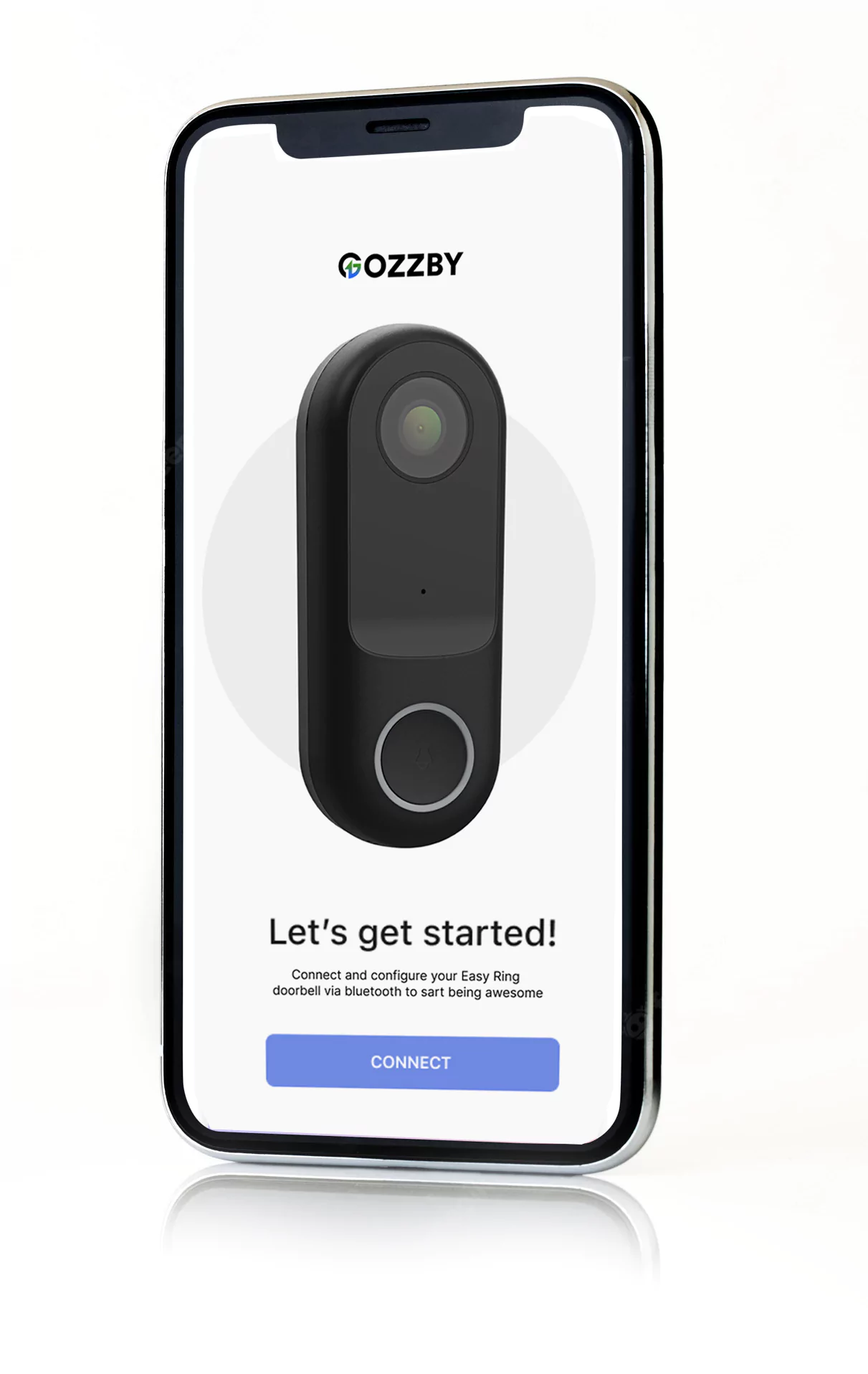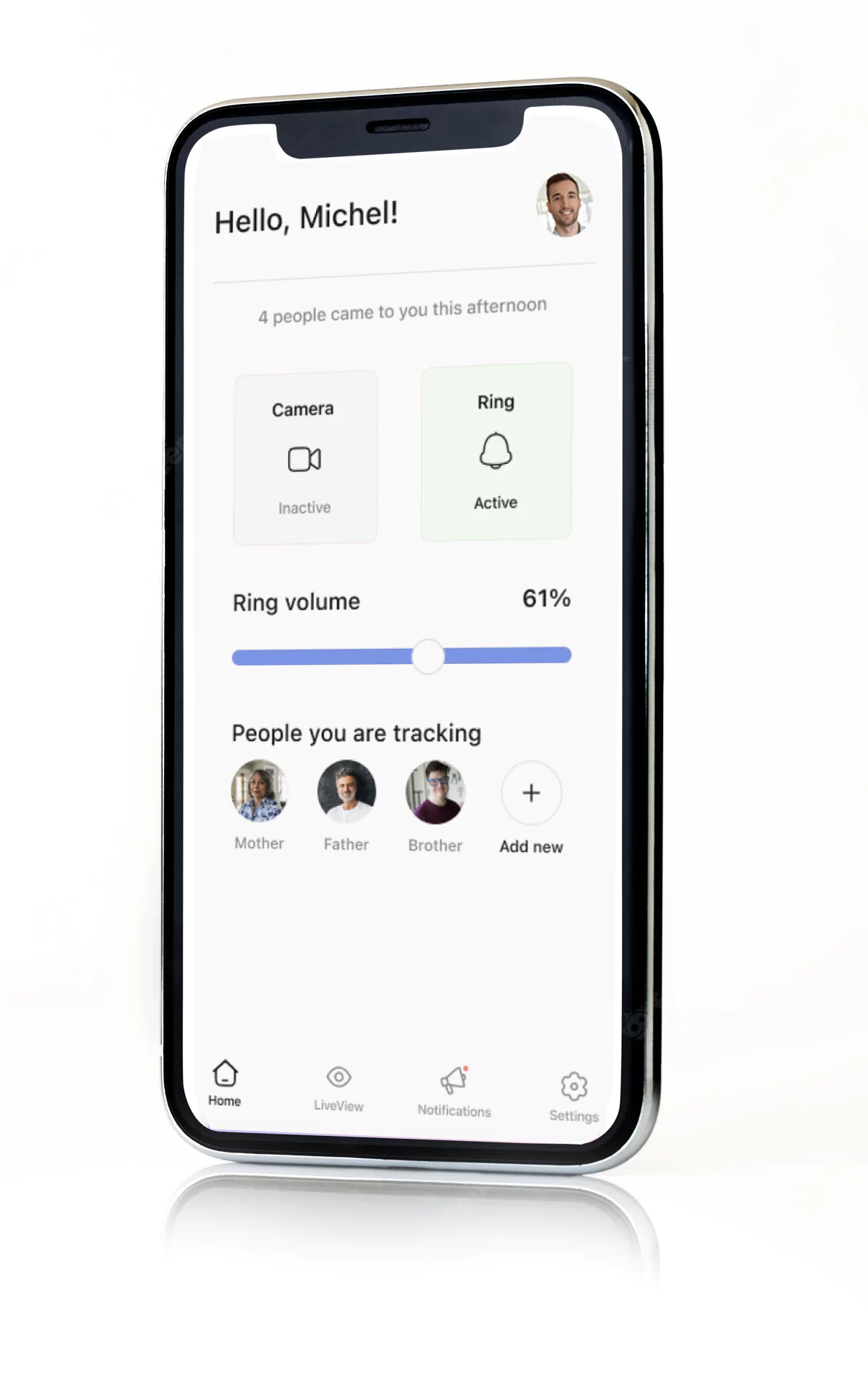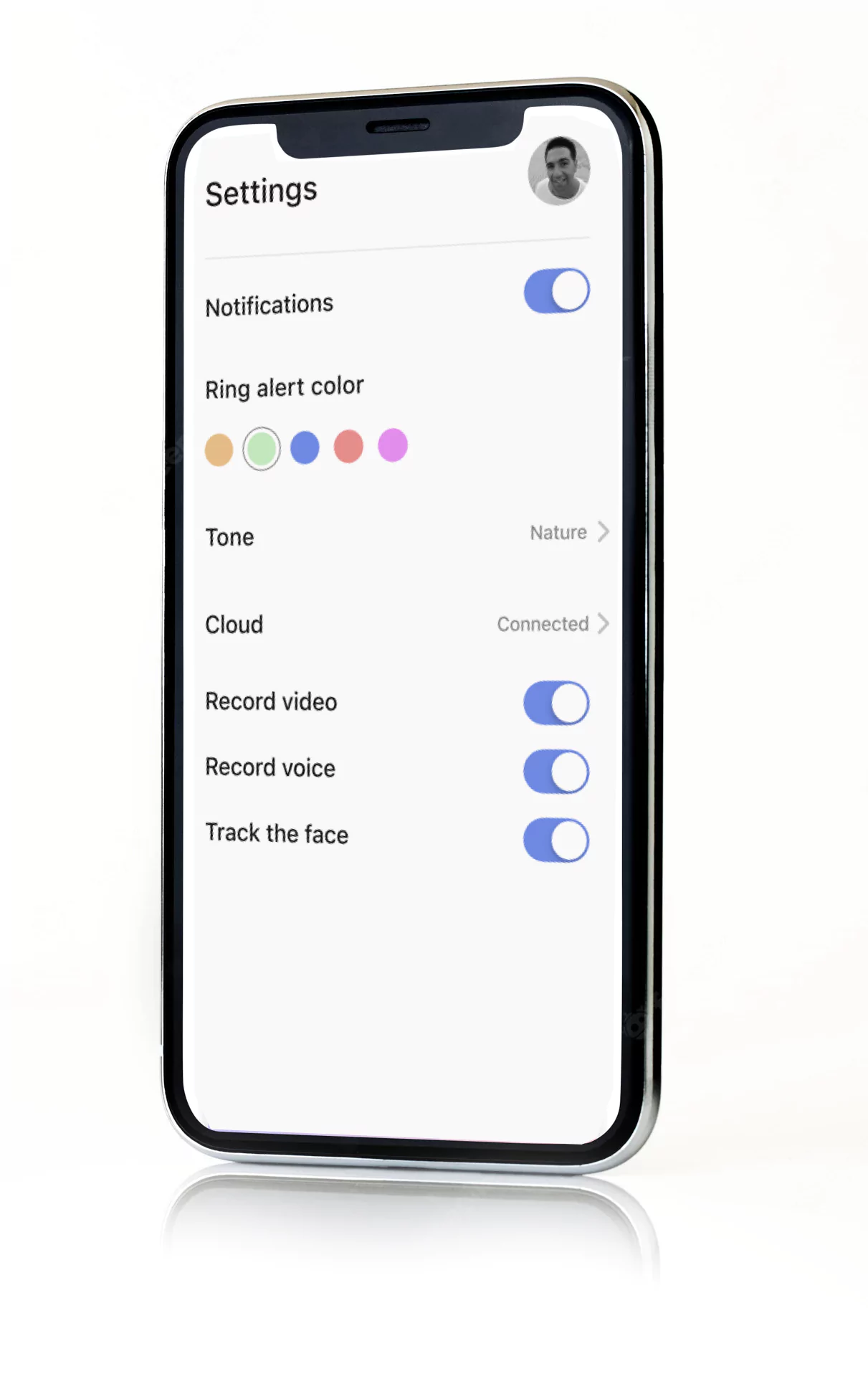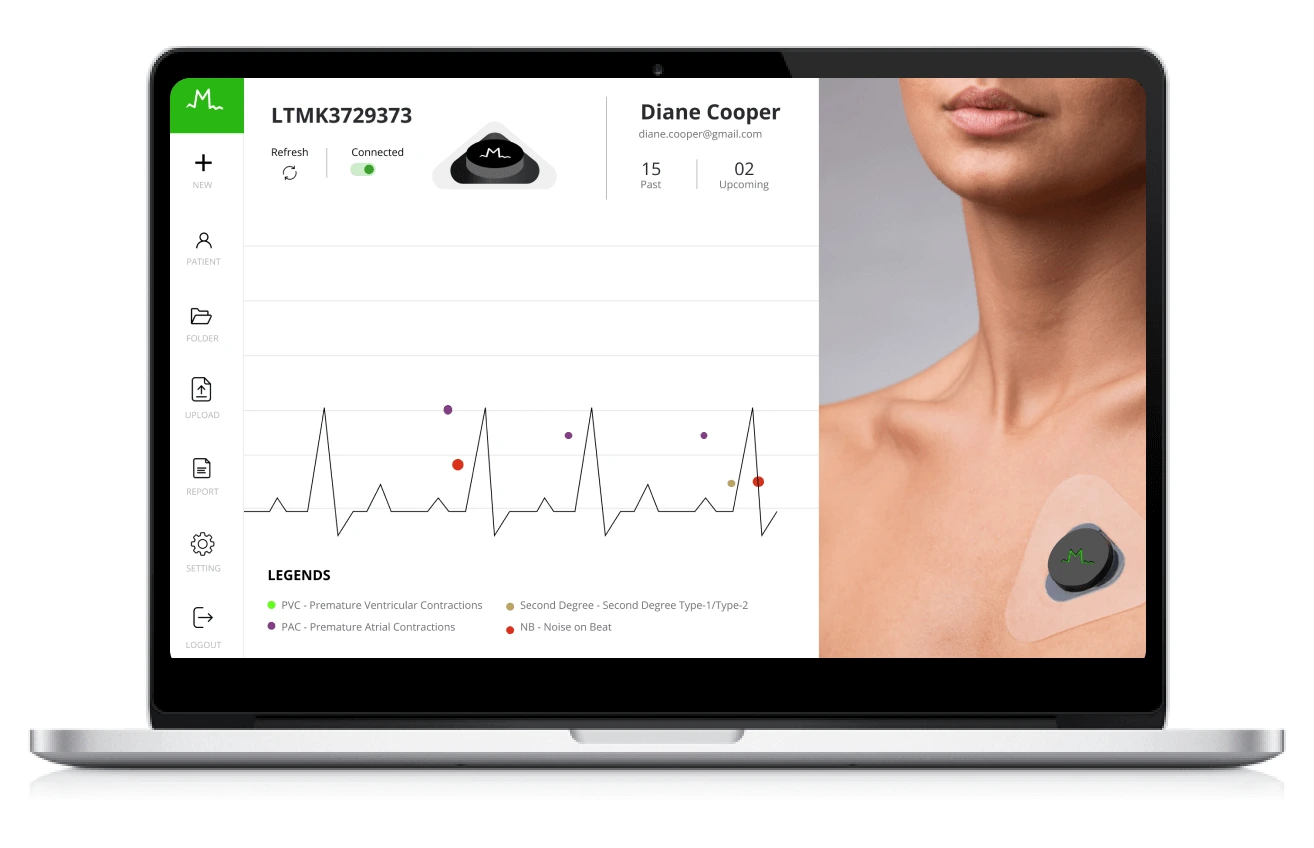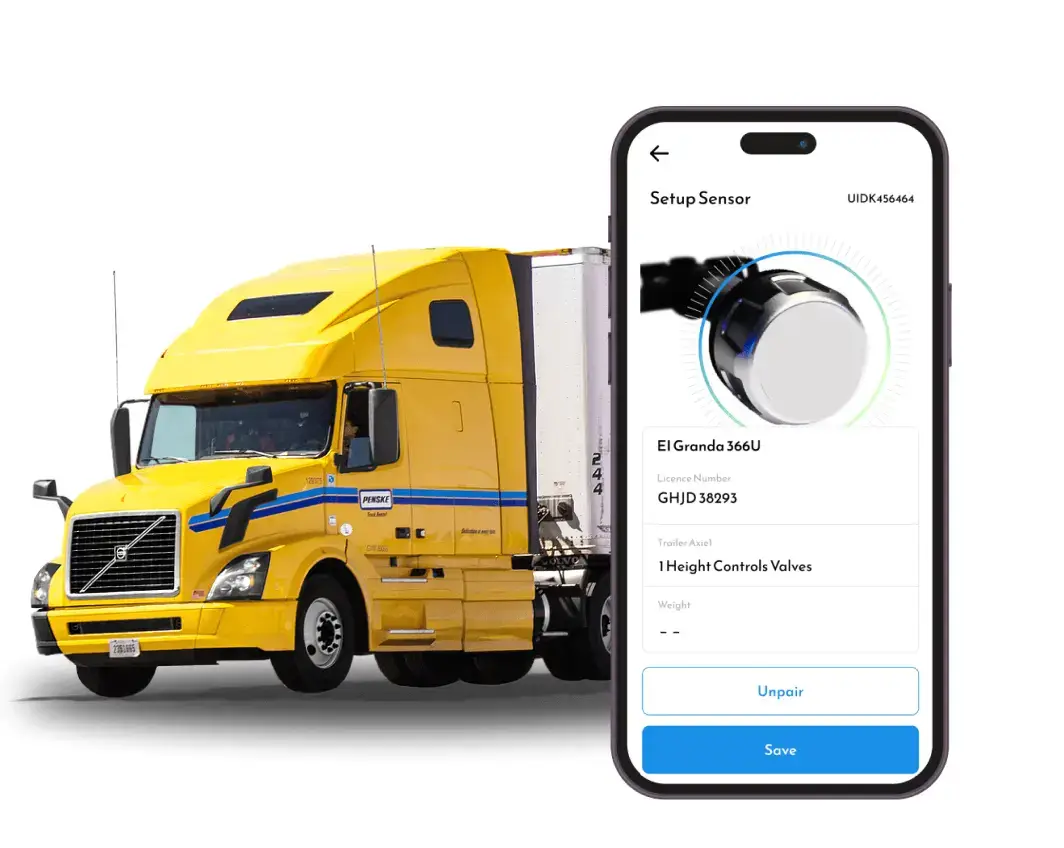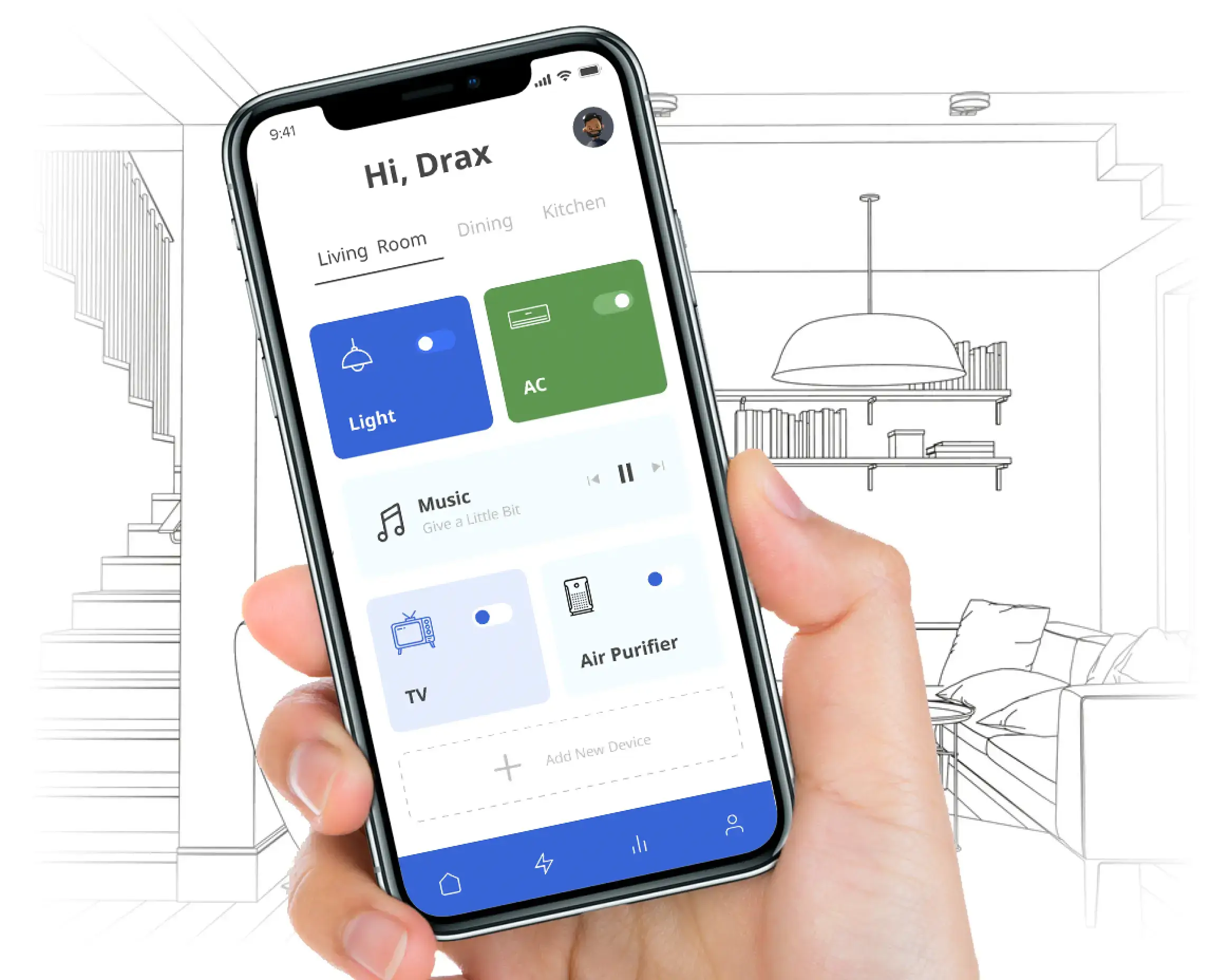INTERNET OF THINGS SOLUTION FOR ACCESS CONTROL
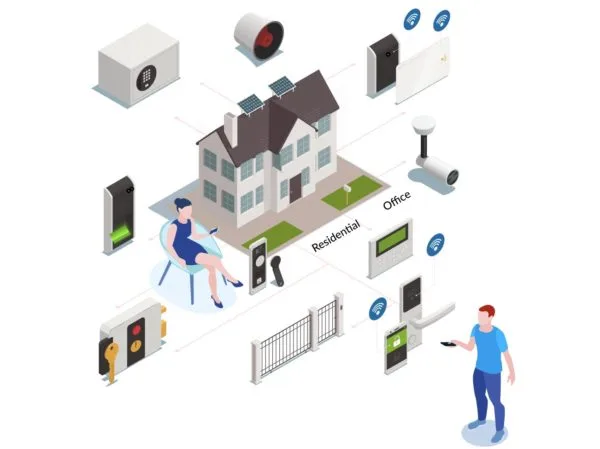
-
Gozzby hardware and software allow people to do away with numerous keys and avoid the risk of losing them. At the same time, the product is planned to help customers by letting in third-party service providers such as cleaners, repairers, cooks, gardeners, or babysitters, even whilst they are away from the apartment or office.
-
As a result, Gozzby was designed as a smart lock with an interactive screen and administration panel. Gozzby locks are IoT devices that can be managed remotely with users’ smartphones. The product comes in two forms — one for residential buildings and the other for offices and business buildings.
-
The development process consisted of several stages — research, planning, the study of market survey results and plan correction, focus group interactions, design and data architecture, hardware market research and equipment customization, software development, testing, and real client feedback processing.
The Challenges
-
We considered several equipment options, but finding a reliable single-board computer took a long time.
-
The quality of media delivered to the end-user depends not only on the quality of the Internet connection but also on the performance of the equipment. The single-board computer we used as an intercom had to decode data packets quickly but at the same time not fail during prolonged operation.
-
Our task was to reduce the video transmission delay. The difficulty was that not every intercom supported this data transfer standard.
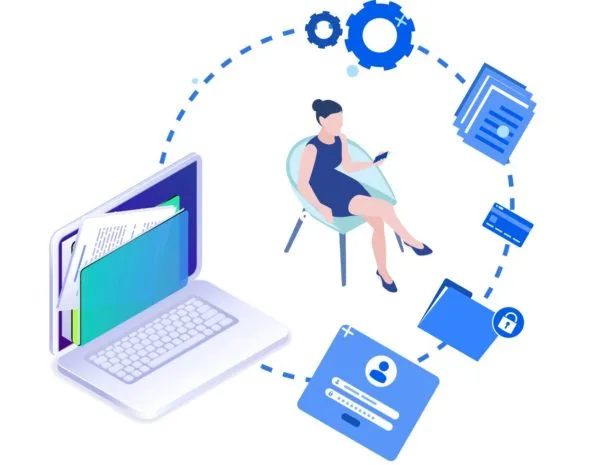
Solutions
- The solution was found after trying and testing 5 equipment options from manufacturers from different countries.
- We changed the protocol for transmitting streaming video from RTMP (real-time messaging protocol) to WebRTC (web real-time communications) as RTMP didn’t work well for our purposes.
- We searched the market and found a suitable device. As a result of our tech experiments, the delay of multimedia data transmission was reduced to one second or less.
- Third-party factors must be taken into account when planning a project.
PRODUCT ADVANTAGES
-

Locally Empowered
The product was built for the national market (Norway) and considered the design aspects of local buildings and local users’ needs.
-

Web Distribution
Gozzby is distributed through the corporate website in line with its monetisation concept. Users leave requests to install the Gozzby hard and software, pay for it, and install the service.
-

Virtual Buzzer
The virtual call button works as a buzzer and lets a resident know someone is at the front door. The button is displayed on the touchscreen of the intercom device. The mobile app displays video from the camera and transmits audio. Users can open the door with their app.
-

Offline Connection
If a person doesn’t have Internet access to open the door using the Gozzby app, the door device will contact residents via a regular phone call. In this case, only audio will be available.
-

Smart Intercom
The intercom station behind the front door has a camera, screen, microphone, and speaker. A multimedia signal is transferred from the door device to the residents’ mobile devices. They can have a real-time video conversation with the person pressing the door button.
-

Security Management
The person in charge of building security can manage the entire system by gaining access to its database via the website (resident contact details and rules for access).
-
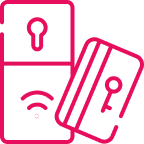
Key Cards
RFID tag terminal — people can also open the door using key cards if their mobile devices are out of Internet range or have run out of battery power.
-

Easy System Integration
If residents already have an access system, they can continue using it with the same RFID tags. Gozzby can be also integrated into other security systems like access video recording.
-

Design Customization
Residents can choose what their virtual buzzer button will look and sound like, what resident information and apartment numbers should be shown, and what kind of features the device can perform (family button, personal button, animation, etc.).
Key Features
- The call button and access control
- Phone call alerts
- Bilateral video chats
- Building access security
- RFID tag terminal
- Design customization
- Personal profiles (with individual modes and settings)
- Managing access to buildings and apartments (an admin website)
- Existing control systems integration
- Cloud integration


